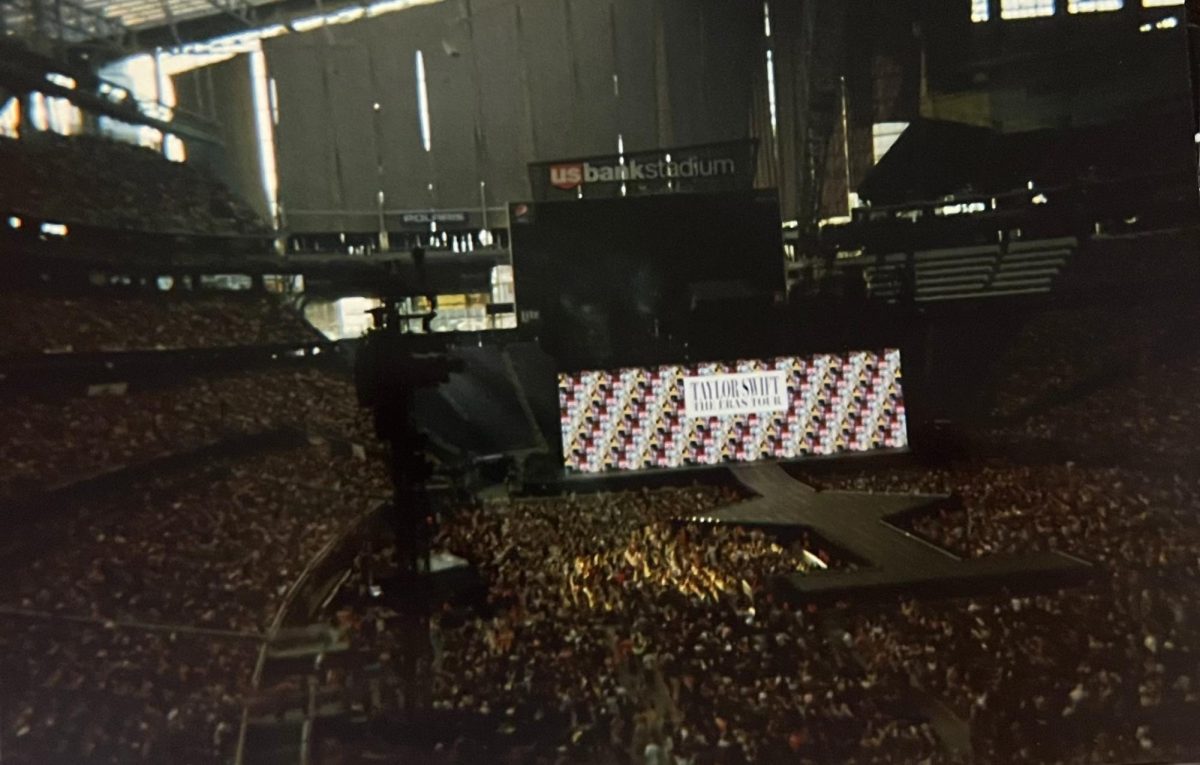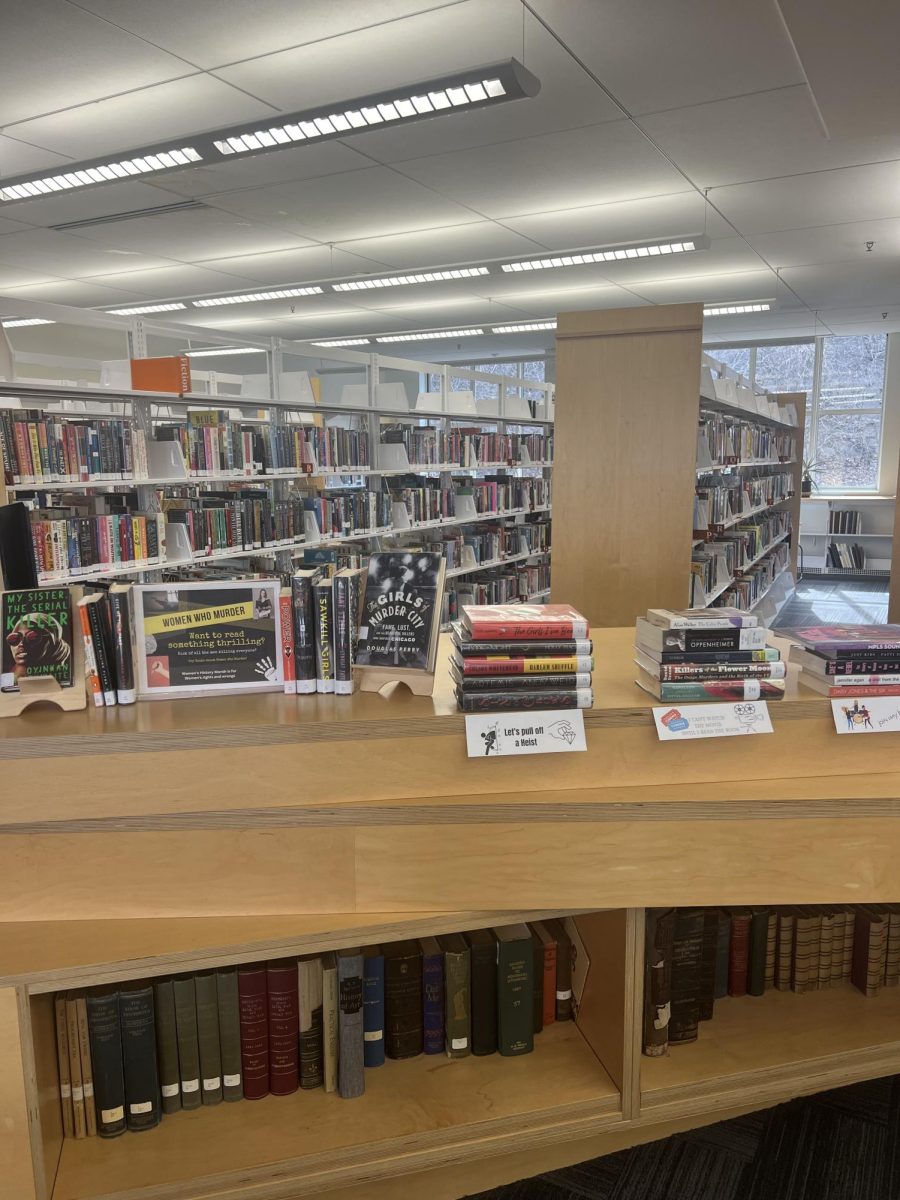Books–they can be an informative window on an interesting topic, an escape from reality, or a reflection of what people see in their own lives. Students turn to books for information, entertainment, and inspiration. But how do they store them at home?
The organizational techniques of most students fall into one of three categories: content-based, aesthetic-based, and text-based. Content-based organizational strategies are perhaps the most accessible. They include techniques such as grouping by subject matter or genre. Aesthetic-based organization is centered around the visual impact that the arrangement of books has on the space. This category includes strategies such as organizing by color, organizing by height, and organizing by any other physical properties of the books themselves. Text-based organizational techniques take cues from either the title of the book or the author’s name to arrange them. Usually this mode of organization includes alphabetization processes. Some organizations are a combination of different types of these strategies, such as alphabetical by author’s name (text-based) in distinct genres (content-based).
“I have a small bookshelf in my room,” says Greg Jones ‘27. “…There’s, like, some vague groupings by author or, like, in the same series, but other than that it’s mostly random.” A couple of years ago, Jones decided to implement a strict organization by genre. “I found that I was just too lazy to put them back in the right spot,” he says. “…Honestly, I feel like it would take me more time to organize it than it does for me to find the book I need.” Strict organization is a need for the library, however.
Neva Fuller, one of the librarians, describes the organizational system. Fiction books are organized by the author’s last name and then, within a last name, title. The nonfiction books are organized by the Library of Congress system, with the library having switched recently from the Dewey Decimal system. At home, Fuller organizes their books based mostly on subject matter. When asked how to determine the best organizational method for a scenario, Fuller responds, “It really just depends on who your audience is, what they usually gravitate towards, and also how big your collection is.”









